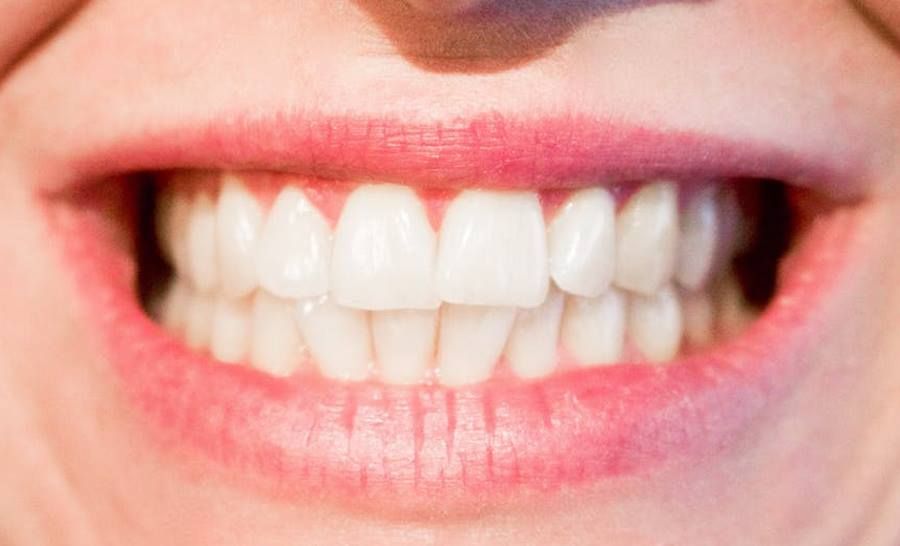
Periodontal disease-causing bacteria can cause Alzheimer’s
According to a study conducted by scientistsow from the University of Illinois at Chicago, long-term exposure to the bacteria Porphyromonas gingivalis, ktore responsible for periodontal disease, causes inflammation and degeneration of neuronsow in mice. The effects are similar to Alzheimer’s disease in humans.
The findings published on „PLOS ONE” suggest that periodontal disease – a common but preventable gum infection – can initiate Alzheimer’s disease, whichora currently we do not have drugsow.
– Previous studies have already shown a close link between periodontitis and cognitive impairment. Our research is the first thatore have shown that exposure to periodontal bacteria causes the formation of amyloid plaques, whichore accelerate the development ofoj neuropathology occurring in patientsow with Alzheimer’s disease – said Keiko Watanabe, cooauthor of the publication.
– It was a big surprise. We did not expect the periodontal pathogen to have such an impact on mozg and that the effects will so closely resemble Alzheimer’s disease – she added.
To study the impact of bacteria Porphyromonas gingivalis on the health of mozgu, Watanabe and her coohe collaborators – including Dr. Vladimir Ilievski, associate professor at the University of Illinois at Chicago, and coohe author of the article – caused chronic periodontitis, whoore characterized by soft tissue damage and bone loss in the oral cavity, in 10 wild-type mice. Another 10 mice served as a control group. After 22 weeks of repeated oral administration of the bacteria to the study group, the researchers tested the tissue mozg rodent and porownali with the control group.
Scientists have found that mice chronically exposed to bacteria Porphyromonas gingivalis had significantly higher amounts of beta-amyloidow – senile plaques (amyloid) found in the tissue of the mozgowa patientow with Alzheimer’s disease. The study group had roalso more severe inflammation mozguard and less intact neuronalow due to degeneration.
These findings were further supported by analysis of beta-amyloid plaques and RNA, ktora showed higher expression of the geneow associated with inflammation and degeneration in the rodent group studied. In addition, bacterial DNA was found in the tissue of moof a fatal mouse.
– Our data not only demonstrate the movement of bacteria from the oral cavity to mozgu, but also show that chronic infection leads to the effect ofoin neuronal similar to Alzheimer’s disease – noted Watanabe.
Researchers say the findings are important because they used a wild-type mouse model. Most of the systemoIn the models used to study Alzheimer’s disease involves transgenic mice that areore have been genetically modified to more strongly express genes associated with senile plate and allow the development of theoj Alzheimer’s disease.
– The use of a wild-type mouse model added power to our study, as the mice were not prepared to develop the disease, and the use of this model gives additional weight to our findings that periodontal bacteria can stimulate the development ofoj Alzheimer’s disease – explained Watanabe.
The results of the study are important for the scientific community, but are also a lesson for all of us. – Oral hygiene is an important predictor of diseaseob, including chorob, ktore occur outside the oral cavity. People can really do a lot for their health, they just need to take oral health seriously – emphasized the researcher.
Alzheimer’s disease affects older osob, usually after 65. year of age. However, it starts much earlier. We’re still not sure how, but abnormal amounts of beta-amyloid and another protein called tau seem to play a big role. Importantly, these proteins are beginning to concentrate in moThe trees have been genetically modified to make them more durable, even 20-30 years before the first symptoms appearedow, such as memory loss.


